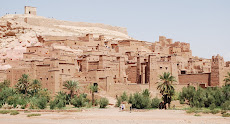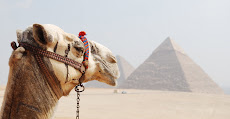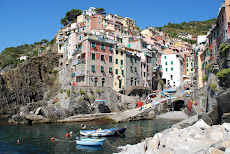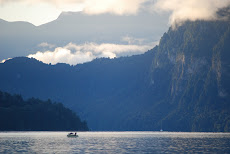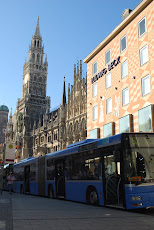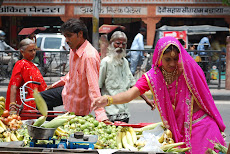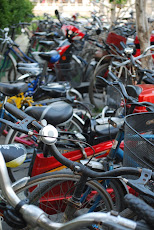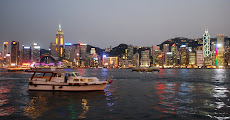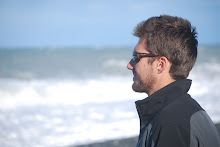Ok. I can’t resist anymore. These massages must be discussed. Massage has figured so prominently for us throughout our Asian tour that I would be doing an injustice to our experience if I didn’t commit to some kind of honest documentation. I guess my hesitation to come forward with the massage blog has been a subconscious guilt about the uninhibited pleasure of the act. Massage is, after all, a completely indulgent practice for us. Let’s be straightforward. Massage holds no medicinal benefits for us, as we are in perfectly reasonable health. To be utterly forthright, massage has been a form of pampering that we (and some more than others) have unabashedly thrown ourselves to for the last three weeks. Jeannie has actually become hopelessly addicted. I was urged to hold an impromptu intervention on a street corner just two nights ago. Enough is enough. Her retort is that we are contributing to the local economy. She is too clever. While this claim does hold some merit, I can’t be tricked that easily. I know her well enough to see her true motivation. But it is so hard to blame her. Even as I stood there, placing a one week embargo on massage, my mind was teasing me with thoughts of the next foot rub.
Massage is so embedded in the culture of this region. While there is certainly heavy marketing to the traveling demographic, it is not only on offer in the tourist quarters of each town. We’ve done a decent amount of backstreet navigation, and I can attest to the fact that some of the best (and also most aggressive) massage parlors are not on Main Street. I’m actually convinced there isn’t a city block on this continent that doesn’t have at least one parlor. They grow here like we grow coffee shops at home. And they have every service imaginable. One of the more exotic offerings is what they call “ear candling.” In this treatment, a hollow candle is lit and the base inserted into your ear drum. The rising air pressure from the flame apparently works to extract wax, and as they say, all of the negative energy from the area between your ears. Naturally, after the intervention, Jeannie pointed out I needed one of these.
One of my favorite pastimes has been to observe the local parlor tactics of stirring up clientele. All four Asian countries we’ve been to have employed their own unique style. In Bali, the friendly masseuses around our hotel angled ever so sweetly to get my first name. One woman in particular cunningly lulled me into a conversation about the island. I made the rookie mistake of introducing myself. For the next two days, “Caseeeeey!” echoed across the beach every time I came within eyeshot. The Malaysians take a more subtle approach, and rely on signage to create business. Plastic signs, neon signs, wooden signs, corrugated metal signs—logos and branding figure heavily in the modern financial culture of Kuala Lumpur, and it is no different in the massage trade. In Thailand, they rely on the power of seduction. Each business owner places the two or three best looking female members of the staff in the doorway, and tells them not to be shy. After a day in any Thai city it is impossible to rid your head of the notorious call, “Hellroooh, Massaaaaaa….” In Hong Kong, parlors are much stealthier. They hire street hustlers to patrol entire city blocks. A brisk tug on the back of your shirt sleeve alerts you to a small woman, whispering something in a surreptitious voice about “massage…foot…shoulder…ear.” You get the sense she is hawking something illegal or taboo. I find this tactic quite unnerving. It’s actually enough to make me prefer the hollering of the Balinese and Thai.
Ultimately, it was two regrettable massage incidents that moved me to pull the plug on our parlor participation. I suppose my penance is to divulge them now.
Regrettable Incident #1: We were deep in China Town, Kuala Lumpur. It was long after dark. Jeannie initiated a hard path for the neon “REFLEXOLOGY” sign on the corner. I followed. We were greeted inside the shadowy door by three men and one woman—together, they comprised the massage staff. (Sidebar: I am sure men give terrific foot reflexology treatments. I, however, at this time and place, was not excited about the possibility of a guy rubbing on my big toe.) As the staff shuffled into position, grabbing their oils and buckets and towels, I deftly maneuvered my way out of the seats where the male masseuses were getting set, and into the chair belonging to the only female member of the staff. Quite pleased with myself, I contentedly removed my shoes, and exchanged a smile with my girl. Without saying a word, she oiled up and set straight to work. I closed my eyes, relaxed my head on the pillow, and let her work her magic. It wasn’t a minute later when I thought to myself, “My, what strong hands this woman has.” When I lifted my head to take a look, I think my heart must have skipped a beat. My foot was engulfed in the meatiest paw in Malaysia. She had knuckles like Chuck Norris, maybe even a little hair between them. When I asked my masseuse her name, her Adam’s apple moved six inches. I said it was shadowy.
Regrettable Incident #2: Having put incident #1 behind me, and taking more than my fair share of heat from Jeannie, I determined that no future parlor visit could produce a more surprising outcome, and opted to get back in the game. That is when I became a bit too bullish. Feeling bored by the thirty minute foot massage I had adopted as my staple service, I confidently negotiated a price on the granddaddy of all parlor programs: The Bangkok Special Two Hour Traditional Thai Massage. For what felt like half of a day, the strongest woman in Asia worked feverishly to break my skin, using the pointed angles of her bony elbows. Through the haziness of my painful stupor, I remember her balancing all of her weight on my spine, using only her kneecaps for stability. She pulled on my foot while driving her heel into my groin. She tied my arms in a knot behind my head. The massage evolved into a showdown of sorts. She was trying to break me. I was trying to keep my hip bone connected to my leg bone. How much pain can one small woman inflict? This little devil would be happy to show you.














